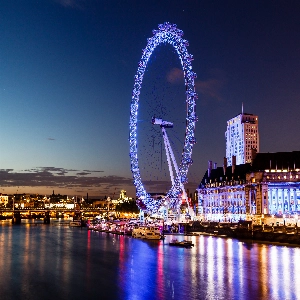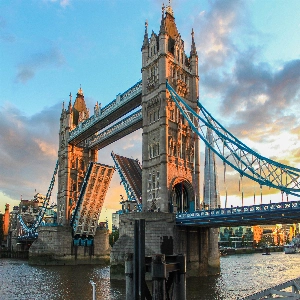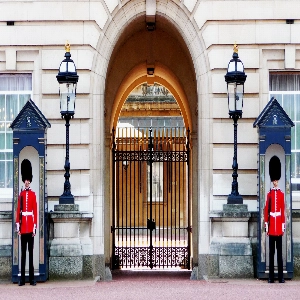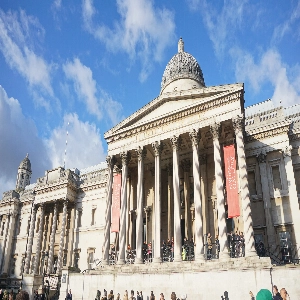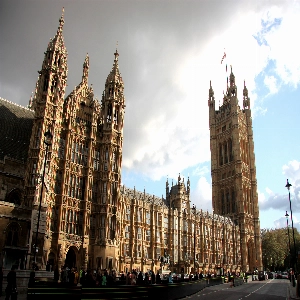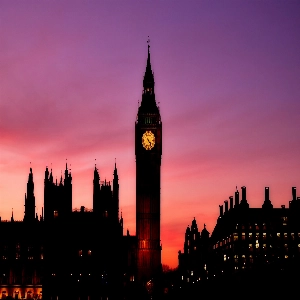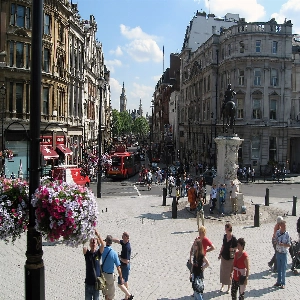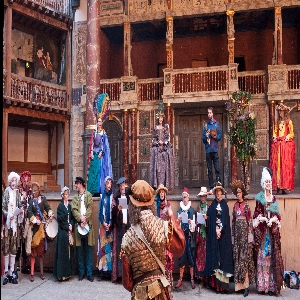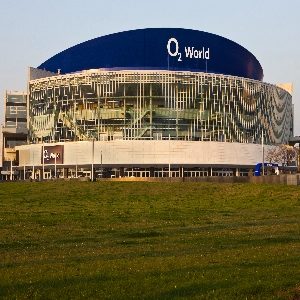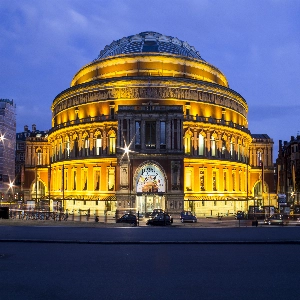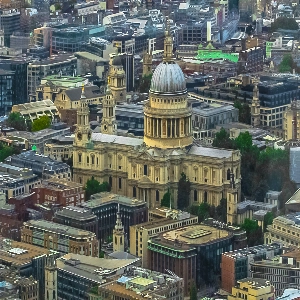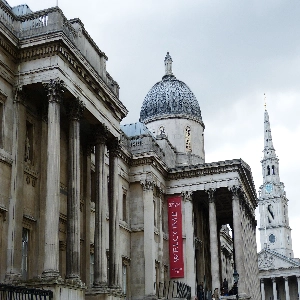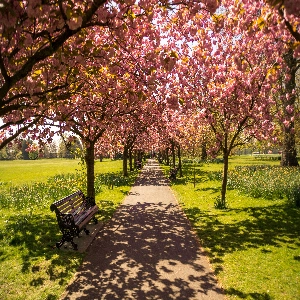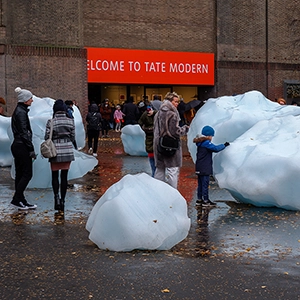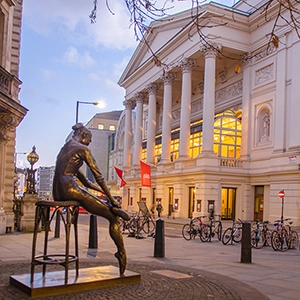The Palace Of Westminster: A Historic Symbol Of British Democracy And Architectural Splendor

Introduction to the Palace of Westminster
Located on the north bank of the Thames River in London, the Palace of Westminster stands as a symbol of democracy, rich history, and architectural elegance. More than just an iconic image on London's skyline, the Palace is a living testament of British governance, where crucial decisions have been discussed and made throughout the centuries. In 1987, the Palace of Westminster was awarded the status of a UNESCO World Heritage site, joining the ranks of other internationally renowned landmarks. This article delves into the origin, history, structure, and significance of the Palace, which remains central to the functioning of UK's government.
The Origins of the Palace of Westminster
The Palace of Westminster is a name derived from the pre-existing 'Westminster' area, which predates the existence of the palace itself. The origins of the Palace can be traced back to the 11th century, under the reign of Edward the Confessor. Originally constructed as a royal residence, Westminster remained one of the primary homes of the English monarchy until a fire destroyed much of the building in 1512. Following the fire, Henry VIII decided to move the royal residence to the nearby Palace of Whitehall, and Westminster started its transition into a seat of government.
From Royal Residence to Seat of Government
Although the Palace ceased being the main residence of the monarchy, it retained its status and function as an important political centre. By the early 13th century, the monarch's council had started to meet in Westminster Hall, and it became a crucial cog in the administrative machinery of England. As the government evolved, other institutions that would form the foundation of British democracy, such as the House of Lords and the House of Commons, began to establish their residences within the palace complex.
During the English Civil War in the 17th century, the monarchy was temporarily abolished, resulting in the absence of royal presence in the Palace. The 1660 Restoration saw a renewed interest in the historical and political importance of the Palace of Westminster. Despite this resurgence, the palace experienced a long period of neglect and decay, which persisted until the 19th century when it was extensively rebuilt.
Rebuilding the Palace of Westminster
In 1834, a massive fire razed much of the old Palace, leaving only a few structures intact. This disaster provided the opportunity to remodel and redesign the Palace to meet the growing demands of the government. In 1835, architects Charles Barry and Augustus Welby Pugin were commissioned to design a new building that could accommodate both the Lords and Commons, as well as other parliamentary offices. With a mix of Gothic Revival and Victorian influence, the new Palace exemplifies grandeur, detail, and complexity.
The intricate designs showcase craftsmanship, where each corner is adorned with unique features such as statues, stained glass windows, and elaborate masonry works. The most recognizable features are the two grand towers: Victoria Tower located in the south-west, and the Elizabeth Tower, also known as the Clock Tower, holding the Big Ben bell, in the north-east. The construction lasted for about 30 years, with the new building opening its doors in 1860. Although numerous extensions and modifications have since been made, the overall structure and design have remained true to Barry and Pugin's vision.
Iconic Elements and Symbolism within the Palace
The Palace of Westminster is filled with historical relics, architectural grandiosity, and symbolism that reflect the country's rich heritage. Perhaps the most famous aspect is the Big Ben, a 13-ton bell housed within the Elizabeth Tower. The striking of the Big Ben has become a symbol of London and is recognized worldwide as a representation of British governance.
Barry and Pugin designed the interiors to have symbolism within the furnishing, sculptures, and artwork adorning the walls. The Palace includes multiple committee rooms, the Commons chamber, and the Lords chamber, each suited for their respective roles. The members of the Lords occupy red-tapestried benches, while the Commons members occupy green-tapestried benches. Symbols of the monarchy and the nation cover the walls, such as the crown, portcullis, and royal coats of arms, representing the nation's democratic and constitutional values.
Visiting the Palace of Westminster
The Palace of Westminster is not just a working government institution but also a world-renowned attraction for millions of tourists each year. Several elements of the palace, such as the Westminster Hall, the Central Lobby, and the Commons and Lords chambers, are open for public tours during the UK Parliament's breaks. Along with guided tours, visitors can attend debates and watch committee sessions, offering a unique insight into the world of British politics. Throughout the year, special events and exhibitions related to the history, art, and politics of the palace and its surroundings are also hosted, providing enriching experiences for all visitors.
Conclusion
The Palace of Westminster is an indelible symbol of British history and democracy. Serving as the cradle of parliamentary tradition, the palace boasts an impressive architectural style that is a testament to the skills and craftsmanship of the 19th century. As the seat of UK's government and a beloved icon on the landscape of London, the Palace of Westminster continues to remind the world of the vital role it played and continues to play in shaping the democratic system. With its rich history, striking design, and iconic elements, the Palace stands as a true embodiment of past, present, and future governance in the United Kingdom.

